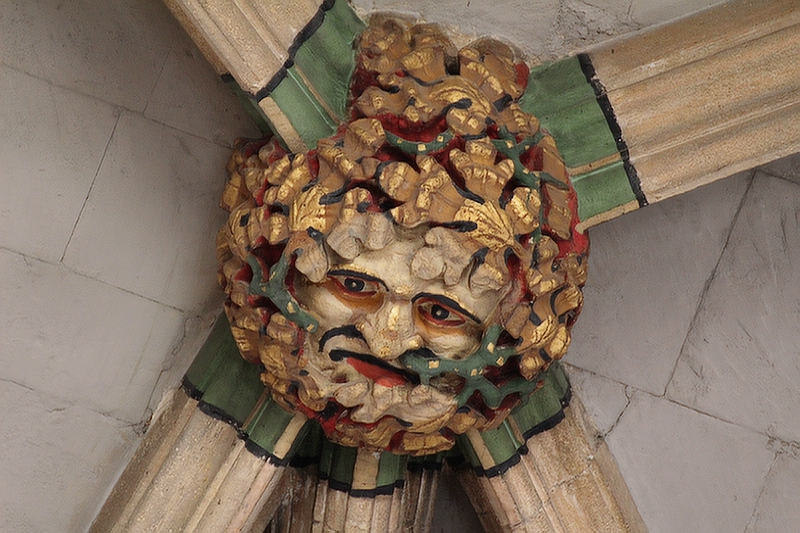Sir Richard de Argentein, the first Lord of medieval Newmarket, was a good businessman and his diverse incomes from Newmarket quickly soared. He also built a post-style windmill on Mill Hill enabling tenants to grind corn locally, which also profited Richard and his descendants.
This type of mill was foremost medieval technology. It pivoted on a central post and its sails angled to optimally catch the wind, driven into position by another rear post with small sails.
Newmarket was prosperous with many different types of travellers arriving regularly. This convenient stopover was a medieval day’s journey (about 15 miles) from other communities such as Cambridge, Mildenhall and Bury St Edmunds. All of these towns still have different market days, specified by their Market Charters. Newmarket’s market is on Tuesdays and Saturdays.
In 1227 a charter for an annual autumn fair was granted followed by one for a summer fair in 1293. These major events brought traders and visitors from afar, providing many different experiences and brightening mundane lives.
A footbridge was needed across the High Street at its lower end (near The Avenue) as seasonal wetness and flooding occurred when the small river and several springs rose. Consequently, the main Newmarket community and its market, were sited further along the High Street and in The Rookery at different times. A market cross stood in the middle of the High Street at the junction of Sun Lane and Fox and Goose Lane (Wellington Street)
The Rookery dwellings also doubled as shops. They were built of wood and wattle and daub as there is little stone in the local area. Wooden shutters covered “window” openings, rather than the glass windows we know today.
Glass was very expensive and only used in high status buildings, such as cathedrals. The technology did not exist to make large sheets of glass. This was the origin of stained glass windows, when small pieces of glass were joined with lead strips to make larger panels.
The wooden shutters of Newmarket’s houses could be lowered to form shop counters, so the residents traded directly from home. Temporary stalls were added outside on market days. The town regularly welcomed residents of local villages as both traders and customers, making a bustling, lively shopping area. Apart from trading hand-made goods, locals could sell or barter their surplus produce and animals.
Many of the Newmarket townsfolk had small strip-shaped farms, or “burgage plots” which ran off the High Street. On each plot was a small hovel-type dwelling and the tenant was free to keep a few animals there, such as chickens, a cow or a pig, and to grow some crops. All tenants worked the town’s fields, ploughed by shared teams of oxen.
According to the Reverend Peter May in his book “Newmarket Medieval and Tudor”, Newmarket had 59 pubs by 1472/3. This sounds incredible until you consider that everyone then drank ale, even children (as “small beer”- a weaker form). Water was considered unsafe – a potential source of disease. There were only a few larger inns in Newmarket. Most of these establishments would have been a single room in someone’s house.
The brewing and selling of ale and the baking of bread was so important to Newmarket that they came to be governed by local laws, as did the market.
Local people recall that the early 20th century Rookery was still a thriving community with many residents and various small shops in its narrow streets. In the 1970s old buildings were removed and the area was redeveloped into a shopping centre. This was renamed “The Guineas” a few years ago.
First published in the Newmarket Flyer and used with permission, images kindly supplied by the NLHS Archive
History
Medieval Newmarket Part 2

